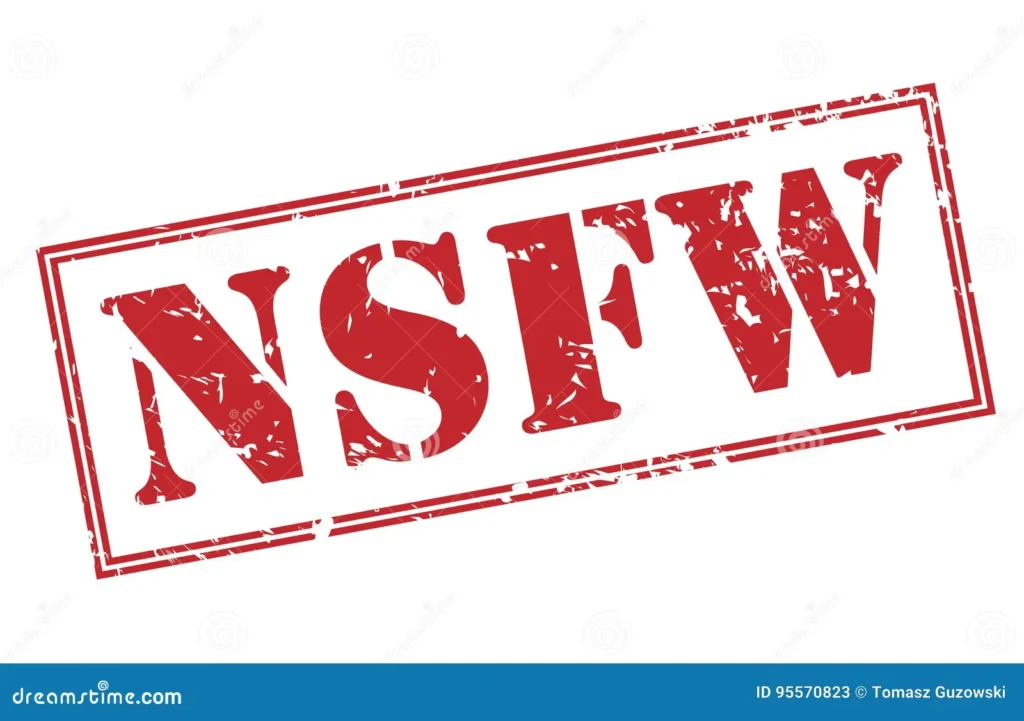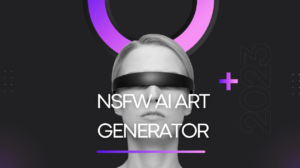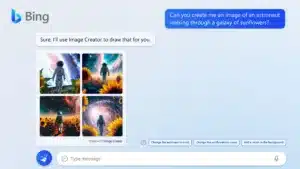A new AI art generator that produces NSFW (Not Safe For Work) content has recently launched, stirring both excitement and controversy in equal measure. This new tool, which is freely accessible online, uses advanced artificial intelligence to create explicit images based on user prompts. While some hail it as a breakthrough in digital art, others worry about its implications.
The AI art generator, named “ErosBot,” leverages sophisticated machine learning algorithms to generate high-quality, realistic images. It can produce art that ranges from mildly suggestive to explicitly graphic, depending on the input it receives from users. Its creators claim it can help artists and content creators by providing inspiration and saving time.
However, there are significant ethical and legal concerns surrounding its use.

How It Works
ErosBot operates similarly to other AI art generators but is tailored specifically for creating adult content. Users input descriptive text prompts, and the AI processes these prompts to generate corresponding images. For example, a user might type “a romantic scene in a moonlit garden,” and the AI will produce an image matching this description. The AI has been trained on a vast dataset of images and can understand and replicate various styles and themes.
The creators of ErosBot have made it free to use, claiming their goal is to democratize access to artistic tools. “We want to empower people to explore their creativity without barriers,” said Alex Turner, one of the developers. “Art has always pushed boundaries, and this is just the next step.”
Excitement Among Artists
Many digital artists and creators have welcomed ErosBot with enthusiasm. They see it as a powerful tool that can help them realize their visions more quickly and easily. Some have praised its ability to generate complex scenes that might take a human artist hours or even days to create. This, they argue, can free up time for more detailed and thoughtful work on other aspects of their projects.
“I’ve used various AI tools before, but ErosBot is on another level,” said Jenna Lewis, a freelance digital artist. “The quality of the images it generates is incredible, and it’s so fast. I can create mockups and drafts in minutes.”
Ethical and Legal Concerns
Despite the positive feedback from some users, ErosBot has sparked significant debate about its ethical implications. One major concern is the potential for misuse. The ability to create realistic explicit images so easily raises fears about non-consensual deepfakes and the spread of harmful content.
Deepfakes are AI-generated images or videos that convincingly mimic real people. They have been used maliciously in the past, often targeting women by placing their faces onto explicit content without their consent. Experts worry that ErosBot could exacerbate this problem.
“Tools like ErosBot could make it even easier to create harmful deepfakes,” said Dr. Emily Harper, a digital ethics researcher. “The fact that it’s free and accessible to anyone increases the risk significantly.”
There are also concerns about how such a tool could affect the broader societal perception of consent and privacy. Critics argue that making it easy to produce explicit content could normalize invasive and non-consensual behavior.
Legal Challenges
In addition to ethical issues, ErosBot might face legal challenges. Laws surrounding explicit content vary widely between countries, and distributing or creating adult material can be heavily regulated. The creators of ErosBot insist that they comply with all relevant laws and have measures in place to prevent illegal use. However, the very nature of the internet makes it difficult to control how and where the tool is used.
“We’ve implemented safeguards to prevent misuse,” Turner explained. “Users must agree to terms of service that prohibit creating illegal content, and we have filters in place to block certain types of input. But we recognize that no system is foolproof.”
Public Reaction
Public reaction to ErosBot has been mixed. While some celebrate it as a new frontier in digital art, others are calling for stricter regulations or even a ban on the tool. Social media platforms are buzzing with debates, with hashtags like #ErosBot and #AIEthics trending in recent days.
Many users express concern about how easily minors might access the tool, despite its intended restrictions. Some worry that the availability of such explicit material could have negative effects on young people.
The Future of AI in Art
The launch of ErosBot raises broader questions about the role of AI in art. While AI has been used in creative fields for years, tools like ErosBot push the boundaries further, blending technology and artistry in new ways. The debate over ErosBot might influence future AI developments and how society navigates the ethical landscape of technology.
“We’re at a crossroads,” said Dr. Harper. “The choices we make now will shape the future of AI and its impact on art and society. It’s crucial that we have these conversations and set standards that protect individuals while allowing innovation to thrive.”
Conclusion
ErosBot’s debut has certainly made waves. It showcases the incredible potential of AI to assist and inspire artists but also highlights significant ethical and legal challenges. As the conversation continues, it is clear that the intersection of technology, creativity, and morality will remain a complex and contentious area.
For now, ErosBot stands as a testament to the power of AI, offering a glimpse into the future of digital art and the ongoing debate about how best to harness this technology responsibly.











